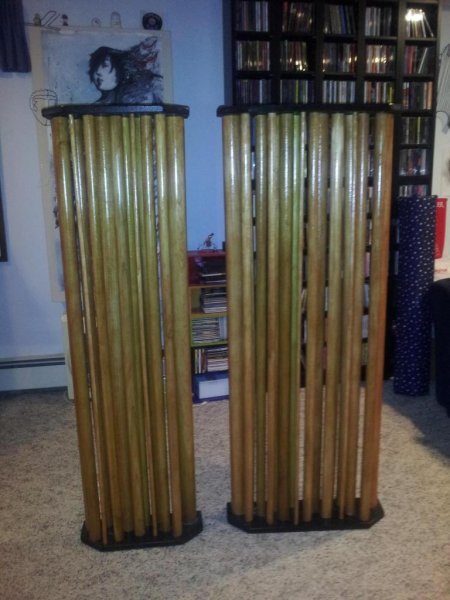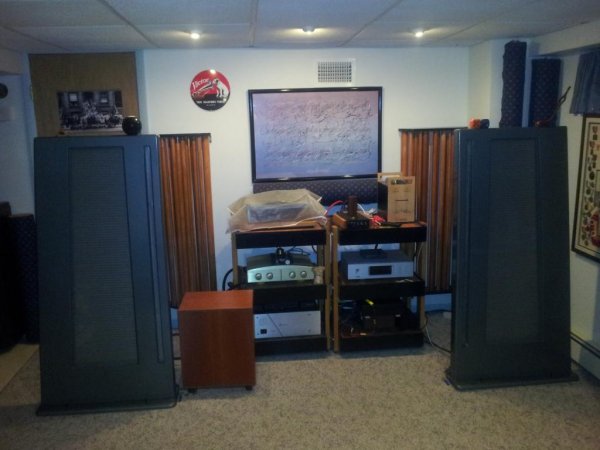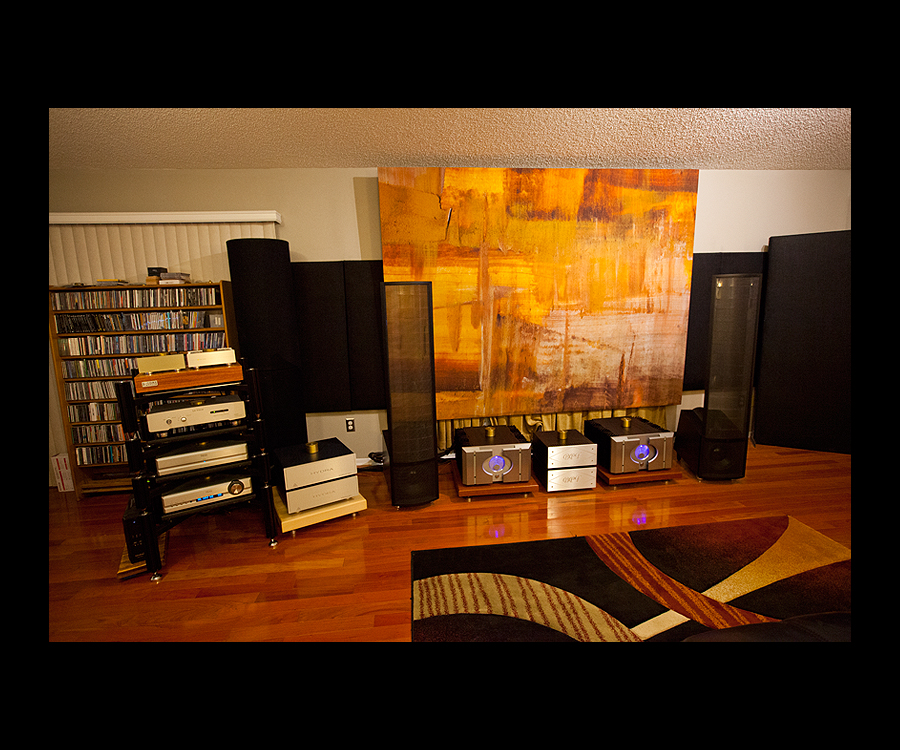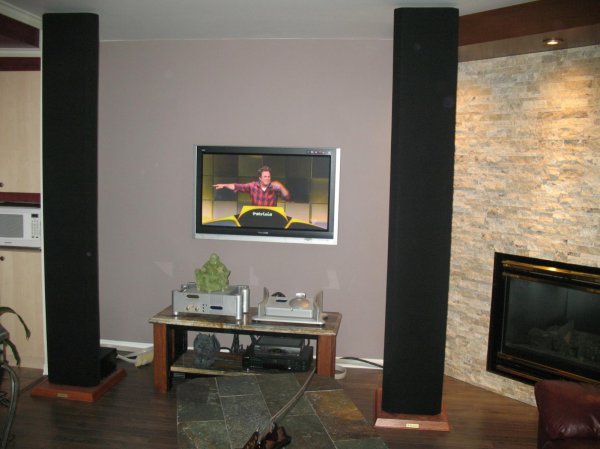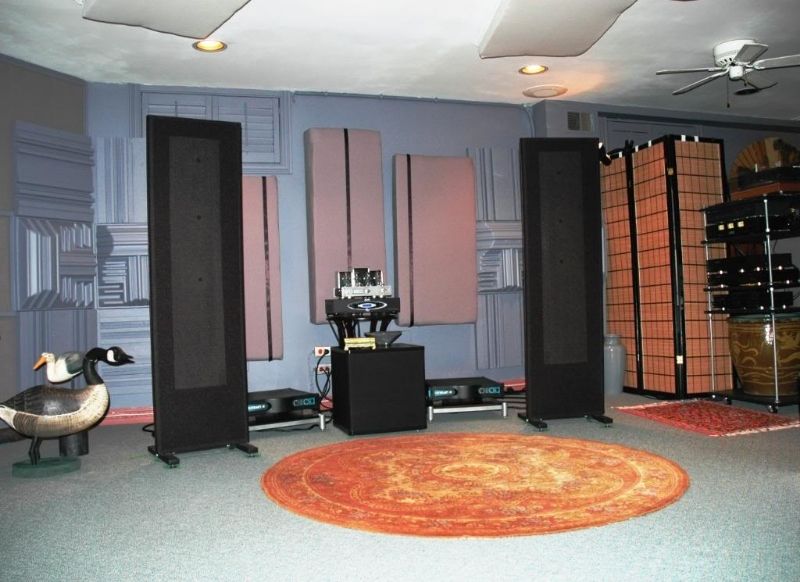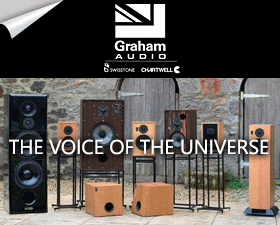My front wall (wall behind the planars) is currently flat and symmetrical, causing no issues.
My guess is that those who have windows behind the panel, lose bass. Is this correct? Does pulling a curtain help?
What if the wall behind is slanting and asymmetrical (one panel is 4 ft from the wall and the other 5), does that work?
What if one panel has a door behind, opening into another space, while the other has a wall behind?
Asking as contemplating a new place next year
My guess is that those who have windows behind the panel, lose bass. Is this correct? Does pulling a curtain help?
What if the wall behind is slanting and asymmetrical (one panel is 4 ft from the wall and the other 5), does that work?
What if one panel has a door behind, opening into another space, while the other has a wall behind?
Asking as contemplating a new place next year















